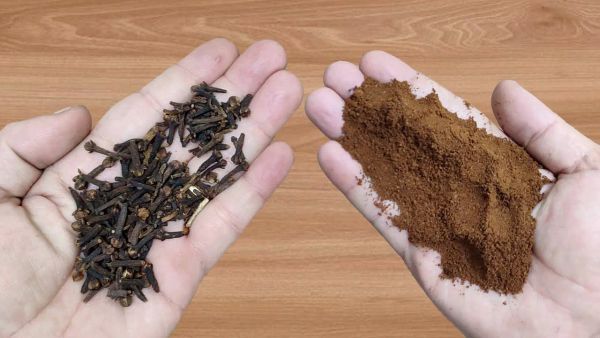Rosemary isn’t just a fragrant herb used for cooking; it also has amazing benefits for respiratory health. If you’re looking for a natural way to manage and dissolve mucus, then rosemary might be the solution you’ve been searching for. This hardy herb can boost lung health, making breathing easier and promoting clearer airways.
Health Benefits of Rosemary for Respiratory Health
Anti-inflammatory Properties
Rosemary contains compounds like rosmarinic acid and oleanolic acid, which have anti-inflammatory effects. These properties can help reduce inflammation in the respiratory tract, making it easier to breathe and clearing out mucus.
Antioxidant Effects
The antioxidants found in rosemary, such as carnosol and carnosic acid, protect the lungs from damage by neutralizing free radicals. This helps maintain healthy lung tissue and supports optimal respiratory function.
Antibacterial and Antiviral
Rosemary has natural antibacterial and antiviral properties, which can be useful in preventing and fighting infections that can lead to excess mucus production.
How to Use Rosemary to Aid in Dissolving Mucus
Chewing Fresh Rosemary
Simply chew on a sprig of fresh rosemary to release its essential oils, which are known to help loosen mucus and clear the airways. However, keep in mind that the flavor of fresh rosemary can be strong and pungent, so it may not be suitable for everyone.
Rosemary Tea
Brew a teaspoon of dried rosemary or use a fresh sprig in boiling water for about 10 minutes. Strain the tea and drink it while warm to soothe your throat and respiratory tract. This will also help take advantage of rosemary’s mucus-dissolving properties. You can enjoy rosemary tea two to three times a day.
Rosemary Essential Oil
Use rosemary essential oil in a diffuser to inhale its benefits. Alternatively, you can add a few drops of the oil to a pot of hot water and inhale the steam. This can help clear mucus from your lungs. Remember, essential oils are concentrated, so use them with caution. Do not ingest essential oils or apply them directly to your skin without dilution.
Considerations and Precautions
Pregnancy and Breastfeeding
If you’re pregnant or breastfeeding, it’s important to consult with a healthcare provider before using rosemary in medicinal forms due to its potent active ingredients.
Interaction with Medications
Rosemary might interact with certain medications, such as blood thinners and diuretics. If you’re taking any medication, it’s best to consult with a healthcare provider before adding rosemary to your health regimen in large amounts.
Allergies
Some individuals with allergies to other members of the mint family, such as basil, mint, or sage, may also be allergic to rosemary.
Incorporating rosemary into your daily routine can be a pleasant and natural way to support your respiratory health and clear mucus. Whether you chew it fresh, brew it as tea, or inhale it through steam, this versatile herb offers several benefits to help your lungs function more efficiently and comfortably.








